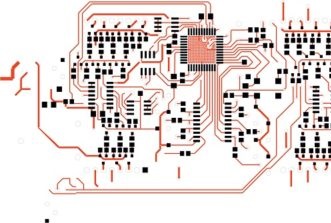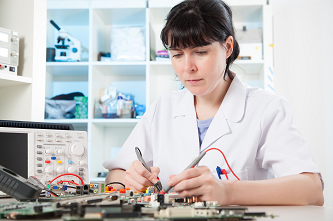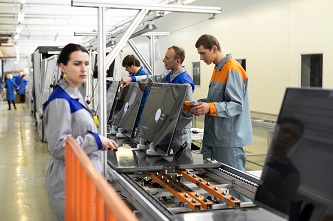This website uses cookies so that we can provide you with the best user experience possible. Cookie information is stored in your browser and performs functions such as recognising you when you return to our website and helping our team to understand which sections of the website you find most interesting and useful.
Projected Growth: Lithium-ion Cell Market to Reach $400 Billion by 2035
The lithium ion battery cell market is projected to exceed US$400 billion by 2035, as indicated by the latest report from analyst IDTechEx. While the stationary battery sector has experienced significant growth, electric vehicles remain the primary driving force behind the lithium ion cell market. Over the next decade, electric cars are expected to emerge as the largest market for Li-ion batteries.
The market report titled "Li-ion Battery Market 2025-2035: Technologies, Players, Applications, Outlooks and Forecasts" raises regional concerns regarding the rate of electric vehicle adoption in 2024. Despite this, sales of electric vehicles surged in 2022 and 2023, with a promising medium to long-term outlook for EV adoption. However, China and Chinese companies continue to dominate the global supply chain, particularly in the production of anodes and electrolytes.
In Europe, challenges such as scaling production rapidly, competing with established Asian players, and slower-than-expected demand have hindered recent investment and expansion plans, according to Dr. Alex Holland, Research Director at IDTechEx. The years 2023 and 2024 witnessed significant declines in battery prices due to lower raw material costs, production overcapacity, and intense competition throughout the supply chain.
The growth in gigafactories, both operational and planned, has been largely driven by established manufacturers like CATL, BYD, LG Energy Solution, SK Innovation, and Samsung SDI, alongside fast-growing Chinese companies. IDTechEx estimates that a majority of cell production is concentrated in China, where Chinese firms control key segments of the Li-ion value chain.
To diversify supply chains and bolster domestic battery manufacturing capabilities, efforts are underway in Europe and North America. The US Inflation Reduction Act spurred a wave of gigafactory and investment announcements, aiming to reduce reliance on a single region. Prior to this act, IDTechEx projected around 600 GWh of battery cell capacity in North America by 2030, a figure that has now been revised to 850 GWh.
On the technological front, advancements in anode and cathode materials continue to shape the performance of Li-ion batteries. While a shift towards LFP cathodes has been observed, high-nickel NMC/NCA/NCMA cathodes remain crucial for long-range and performance-oriented electric vehicles. Cathode prices, including those for LFP and NMC materials, have dropped significantly due to reductions in lithium and raw material costs.
At the anode, interest in new materials like silicon-oxide and silicon-carbon composites is growing for their potential to enhance energy density. Despite challenges related to cycle life and lifetime, these materials offer opportunities to establish supply chains outside of China. However, graphite still accounts for nearly 99% of total anode material used in Li-ion batteries.
Developments in Li-ion anode and cathode materials, manufacturing processes, cell design, and pack design are ongoing, contributing to improved performance and cost-effectiveness. While the focus remains on electric vehicles, significant opportunities exist in various applications and markets, including large electric trucks, mining vehicles, 2- and 3-wheelers, as well as grid-scale and residential battery energy storage systems.
The stationary sector has witnessed rapid growth driven by the increased deployment of renewable energy onto electricity grids and declining stationary battery prices. Innovations in longer lifetime and higher capacity containerized storage systems underscore the continuous evolution of Li-ion battery technology.
For more information, visit www.IDTechEx.com/lithium.














